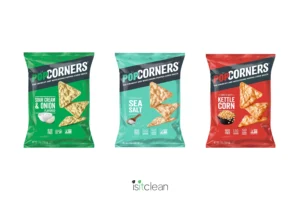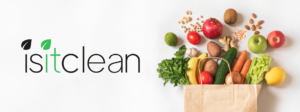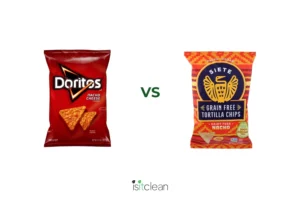
Acesulfame potassium is a zero-calorie sweetener that is added to many sugar-free…



Maltodextrin is a food additive derived from starch, produced through the hydrolysis of starch from sources like corn, wheat, rice, or potato. It is created by breaking down the starch molecules into smaller chains or individual glucose units through enzymatic (such as amylase) or acidic hydrolysis (such as hydrochloric acid). The resulting maltodextrin powder is easily soluble in water and used in a wide range of products, including baked goods, sauces, desserts, and beverages, to improve mouthfeel and stability. Maltodextrin is a commonly used ingredient in processed foods and beverages as a thickener, filler, or sweetener. It enhances texture, acts as a bulking agent, and provides a mild sweetness.

Although it’s derived from natural sources, maltodextrin is highly processed from its origin as starch and may also be derived from GMO sources. Maltodextrin has a higher glycemic index than sugar, and consuming high amounts of sugar in any form has been linked to many adverse health effects such as cardiovascular disease and diabetes. Consumption of maltodextrin has been associated with negative alterations in intestinal physiology and microbiota in various studies.
Health is like a bank account, certain ingredients make a deposit into your health bank, meaning they add to
your health. Certain ingredients withdraw from your health bank. We want health promoting ingredients in our diet. To keep things simple, we rate ingredients on a green, yellow, red scale:

It is naturally occurring in food and has no harmful effects on the body. It is real food. It is health promoting.

It goes into one or more of the below categories

It is known to have a harmful effect on the body (ex. All food colorings, Natural Flavors, MSG, Potassium bromate, aspartame, artificial flavors)



The Food Showdown: Popcorners flavors
Ingredient Rating: Canola oil – is it bad for you?
Clean Consuming: Nourishment for your

We have accomplished so much in just 1 year since our launch in March of 2023! We now have 10,000

The Nacho Chip Food Showdown, is Tapioca Starch safe in food? and a must-see documentary on America’s food system.
Stay in the know with the latest ratings, articles, and our newsletter, The Dirt.